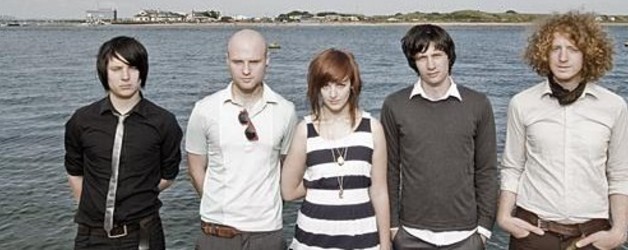

He is known primarily for his book The Strange Death of Liberal England (1935), a classic account of how the Liberal Party in Great Britain ruined itself in dealing with the House of Lords, woman suffrage, the Irish question, and labour unions, 1906–1914. Over the next twenty-six years it was a book known only, I believe, by a few, recommended by word of mouth and not, on the whole, given much attention by the historical profession or the reading public.George Bubb Dangerfield (28 October 1904 in Newbury, Berkshire – 27 December 1986 in Santa Barbara, California) was a British-born American journalist, historian, and the literary editor of Vanity Fair from 1933 to 1935. It was published a year later in England for the first time by Constable, but in a slightly truncated form without the important epilogue on Rupert Brooke. The original publishers quite soon went out of business and the book was not kept in print in America.

The Strange Death of Liberal England has had, eventually, a strong impact upon the historical profession, as well as something of an odd history. The comet appears on the first page of the book (heralding the dazzling prose to come), observed by the Prime Minister, Herbert Henry Asquith, from the deck of the Admiralty yacht Enchantress, “to blaze forth the death of a king”: Edward VII. Even nicer, perhaps, is that in this year we shall see Halley's Comet again, which Dangerfield remembers having seen as a child, and being told that it would not appear again in his lifetime. It was quite appropriate that the book, and its author, were celebrated last Spring at a meeting of the Pacific Coast Conference on British Studies at San Luis Obispo in California, quite close to Santa Barbara where Dangerfield lives overlooking the Pacific ocean.

Now, fifty years later, the book is as vital, if not more so, as when it was first published. In 1935 in New York the publishing house of Harrison Smith and Robert Haas published George Dangerfield's The Strange Death of Liberal England.


 0 kommentar(er)
0 kommentar(er)
